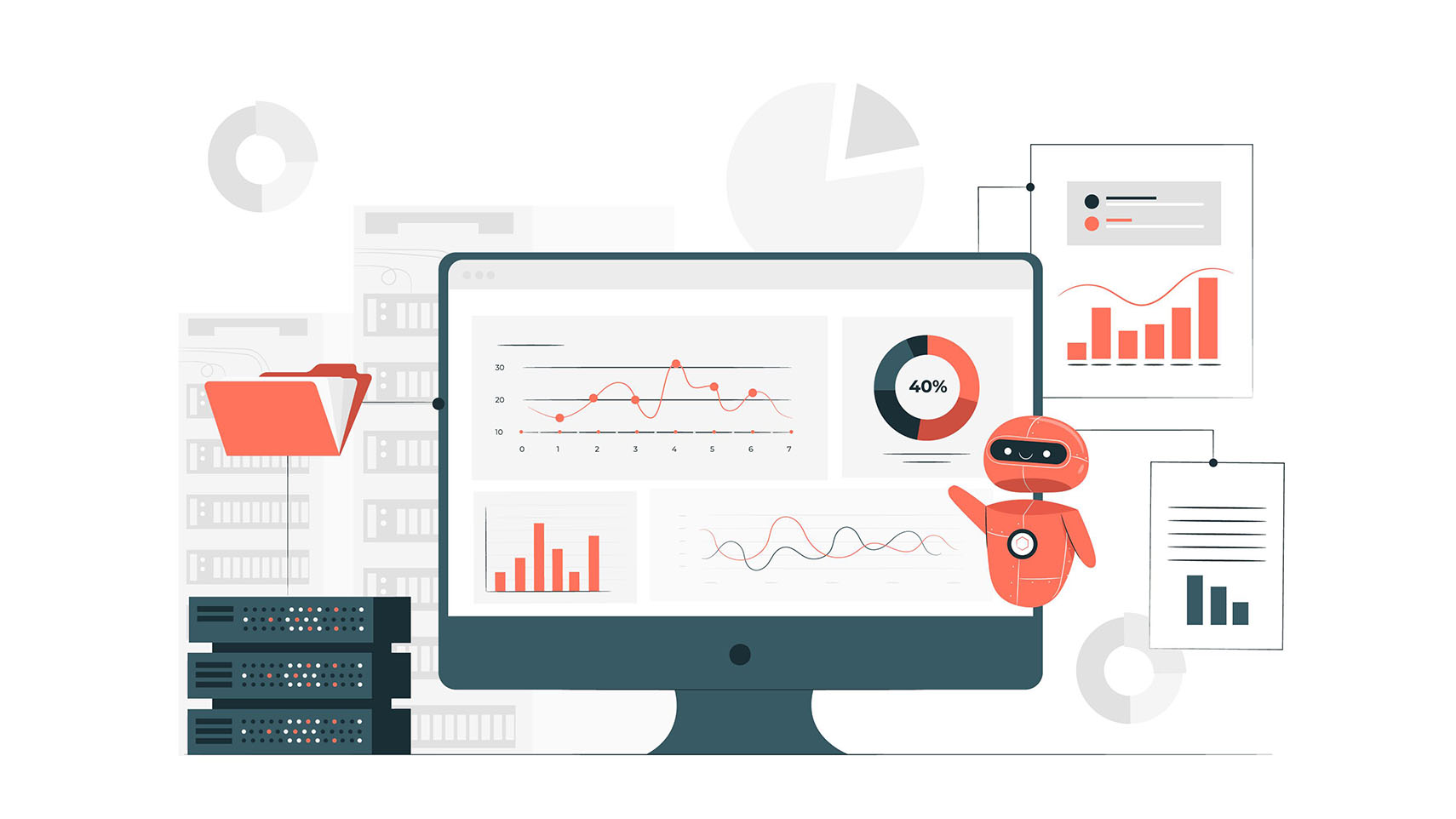Machine learning is closely related to fields such as “AI,” “artificial intelligence,” and “deep learning,” which have received a lot of attention in recent years. All of these latest technologies aim to use systems to realize more efficient work and society than ever before, but their mechanisms also involve many complex ideas. In this article, we will explain “regression”, which is an essential concept in machine learning.
What is regression in machine learning?
The word regression may not be very familiar to those who have never studied statistics. Regression is a necessary knowledge to utilize machine learning, so let’s start by understanding the meaning of this word and learn about machine learning step by step. Below, we will provide an overview of regression.
What is machine learning?
Machine learning is one way to analyze large amounts of data, including audio and video. It performs repeated learning from data and converts the learning results into “laws” (models) to capture the characteristics and trends of a certain phenomenon. Next, you can “automate” the characteristics and trends that have been established as rules, and be able to perform according to those rules from next time onwards.
What is regression?
Regression is one common type of machine learning model. It refers to predicting the next value for consecutive input values, and can be used to infer the cause of a result, for example, when analyzing the relationship between advertising expenses and the number of store visitors by converting it into numbers. When there is only one explanatory variable, it is called simple regression analysis, and when there are multiple explanatory variables, it is called multiple regression analysis.
Difference from classification
Classification is often confused with regression. Classification, like regression, is a model that can predict the next value, but it differs in the nature of the data that can be analyzed. For example, by analyzing a customer’s past purchasing behavior using regression analysis, you can predict how many times that customer will purchase a new product. On the other hand, in the case of classification, it is possible to predict whether a customer will like a new product based on purchasing behavior data.
Types of regression analysis

Regression analysis is used to predict future demand. Using this, you will be able to predict not only future demand, but also sales and business prospects. Here we will explain two types of regression analysis.
Simple regression analysis
Regression analysis is a method that investigates the relationship between numerical values that serve as a result and numerical values that serve as factors, and clarifies the relationship between each. The numerical values that are factors are called “explanatory variables,” and the numerical values that are the result are called “explained variables.” An analytical model with one “explanatory variable” is called a “single regression analysis.” For example, a simple regression analysis model makes it possible to calculate weight from height data.
Multiple regression analysis
The above-mentioned analysis with multiple explanatory variables is called “multiple regression analysis.” Using the example of height, multiple regression analysis requires data such as height, waist circumference, and chest circumference to determine weight data. It is safe to think of this method as an extension of simple regression analysis. Multiple regression analysis is an ideal model that can incorporate multiple variables and handle complex factors, but it is also expensive to construct.
What regression analysis can do for your business
Data analysis is a technology that can create new value from a wealth of information, but what can be done by applying this to business? Below, we will explain the changes that regression analysis brings to your business.
marketing
Logistic regression analysis is often used in marketing. Logistic regression is a model that solves classification problems, and when an input is given, it outputs which class the input is classified into and with what probability. Examples of practical applications include systems that predict potential diseases by examining the correlation between disease incidence rates based on quantitative values of lifestyle habits.
data scientist
A specialist who utilizes data analysis to support decision-making from a scientific perspective is called a “data scientist.” Many companies are still unable to secure such human resources, and many companies are facing a shortage of human resources specializing in data science. Securing or training human resources with this kind of expertise should have a significant effect on your business in the future.
Notes on regression analysis

In order to utilize regression analysis efficiently, it is important to understand the points you need to keep in mind in advance. We will introduce points to avoid problems that are particularly common when actually building a data analysis platform.
Specialized knowledge required
This is not limited to regression analysis, but data analysis requires specialized knowledge. A high level of expertise is essential for building and operating data analysis infrastructure. As a result, it tends to become individualized, with only a few data engineers with specialized skills using it. If the situation remains individualized, there is a high possibility that the handover will not go well when the person in charge retires or is transferred, making it difficult to continue data analysis.
prone to human error
Machine analysis allows machines to process vast amounts of data, making it possible to make predictions on a scale that would be impossible with human power, but humans still need to make decisions about what data is actually used. If data that is difficult to analyze during the validation stage is included, the accuracy of the system may be reduced, and if unnecessary data is included, it may also cause a decrease in accuracy. Therefore, it is essential to remove unused data each time, but this process must be done manually, making it prone to human error.
Depends on data quality
Big data is a diverse group of data, so it is inevitable that it will contain data that is not suitable for the purpose, and that it will contain misprints, duplication, and missing data. Therefore, it is necessary to standardize (cleanse) the data according to the purpose before analysis. Cutting corners in this preprocessing can lead to incorrect analysis results.
summary
Nowadays, with the promotion of DX being called for, many companies are acutely aware of the need for data analysis such as regression analysis. On the other hand, I think there are many people who say, “I want to introduce useful AI to my company, but I don’t know where to start,” or “I don’t have the specialized knowledge, so I’m having trouble.” With


